This is part two in the Hearts to Serve series, dedicated to displaying how students serve others in the community or on mission trips. For the last article in the series, read Toryn Triplitt’s column on her missions trip to Costa Rica: COLUMN: Growth in Costa Rica.
Service can be shown with material things, such as building homes or wells for poor communities. It can be relational, where you build community with adults and children and pour into them. And the list goes on and on.
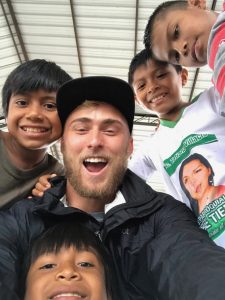
Former Feather editor-in-chief, Alex Rurik, ’19, spent two weeks in Ecuador with Atascadero Bible Church during this past July. The church has a program in which they take a group of graduated high school seniors on a short-term mission trip.
Rurik was the worship leader for the team and the kids, filled in as recreation referee when needed and the designated photographer for the team.
The first community he visited was called Santa Ana, approximately six hours south of the capital city Quito. In Santa Ana, the team was given the task of creating a covered cement space that would serve many purposes for the community. The team spent their mornings doing work projects to benefit the people of the two different communities they spent their time in.
“Santa Ana was amazing,” Rurik said. “The kids there were with you the entire time and they just wanted to play with you, have you throw them in the air and spin you around or simply hold your hand. The work wasn’t easy, but it was extremely fun especially when community members helped alongside us. Santa Ana was special and authentic.”
Rurik discussed the language barrier while in Santa Ana. He did not view it as a problem, but rather at times more of an inconvenience. And with this language challenge, he learned a few things. One, he learned more than he did in two years of high school Spanish. Two, that the language barrier is not as difficult as it is often made out to be.
Rurik was able to have a basic conversation. He learned the kid’s names, how old they were, what they liked, etc. He also learned that a smile is sometimes more effective than words; a smile for these kids would mean a lot to them and opened a world of trust when words were unavailable.
In the afternoon the team would host VBS programs for the kids in the community.
“The VBS camps we put on were so exciting,” Rurik said. “Around 60-80 kids would show up and engage in whatever we had planned for them. The camps used a lot of Hume Lake style recreation games like kajabe and four-way tug-of-war and the kids really loved it.”
In the following podcast, former Feather editor-in-chief Alex Rurik discusses his experience in Ecuador this summer.
In the second community, Shandia, their schedule was backward from Santa Ana’s. They would do VBS in the morning and work in the afternoons. But they were also given the opportunity to run youth events in the evening. Shandia is the community where the missionary Jim Elliot lived with his family.
“Shandia was different from Santa Ana in that the community is used to a lot of tourism because of the Elliots,” Rurik said. “Because of this, it was harder to connect on a personal level with the kids of Shandia. I was able to become friends with two kids named Lionel and James, and by the end of our time in Shandia, they were calling me ‘Papi’.”
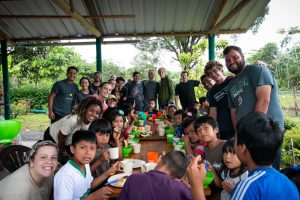
Awhile after returning from Ecuador, Rurik reflects on his experience, he shares what he noticed in the kids he got to spend time with.
“A couple of days removed from our experience in Ecuador,” Rurik said, “and I find my thoughts are consistently drawn back to the kids of the communities and their quickness to trust, openness to love a bunch of foreigners and abundance of joy they shared regardless of a living quality we might not consider to be optimal. The way all the kids were so accepting was truly special.”
Rurik feels this trip shifted his whole perspective; the joy these kids had inspired him and made him want to lead a life filled completely with love.
“Probably my biggest takeaway was the idea of living a life that causes you to become a ‘pebble in the shoe’ of every person you meet,” Rurik said. “This means that I would live a life so different that without saying anything, people would notice and wonder what is different about me, becoming that nagging little rock that bounces around their shoe.”
For part one of the Hearts to Serve series, read COLUMN: Growth in Costa Rica and for another column read, COLUMN: President strives for inclusivity.
Toryn Triplitt can be reached via twitter @toryntriplitt and via email.

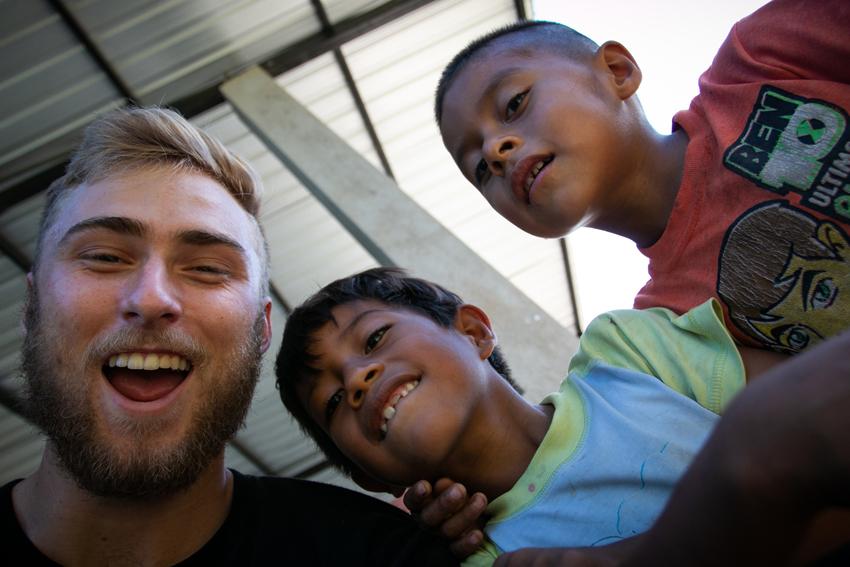
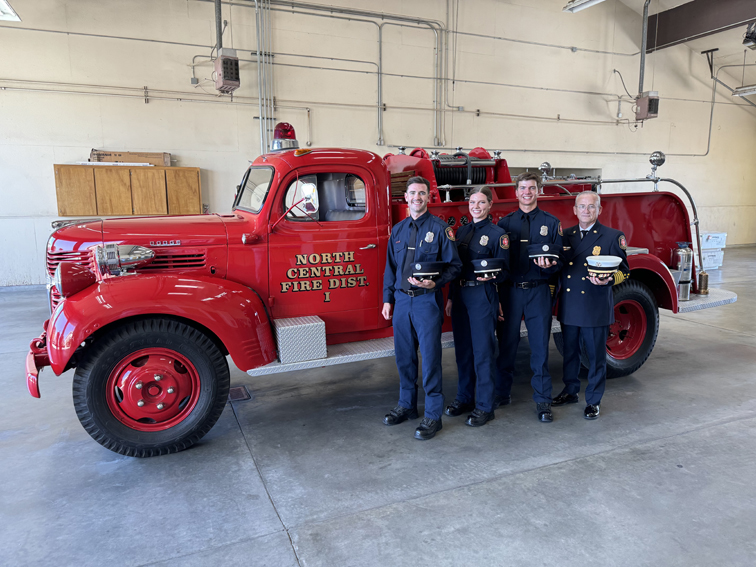
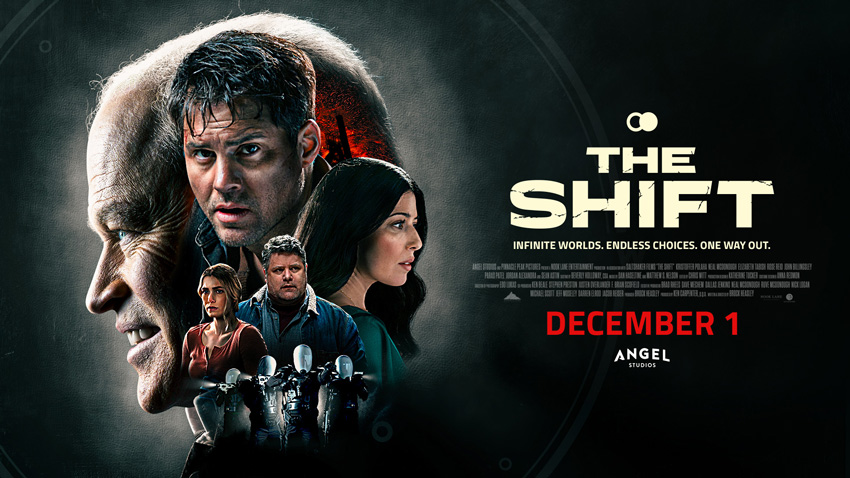

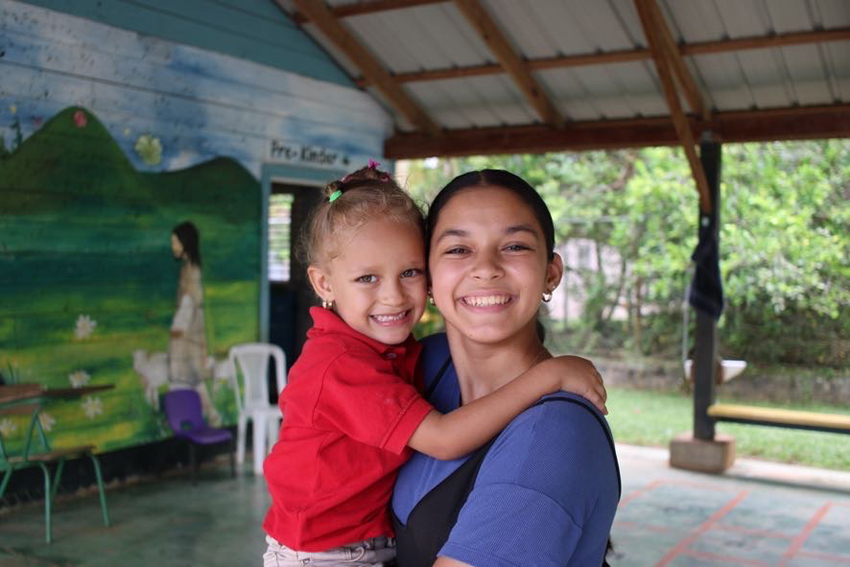
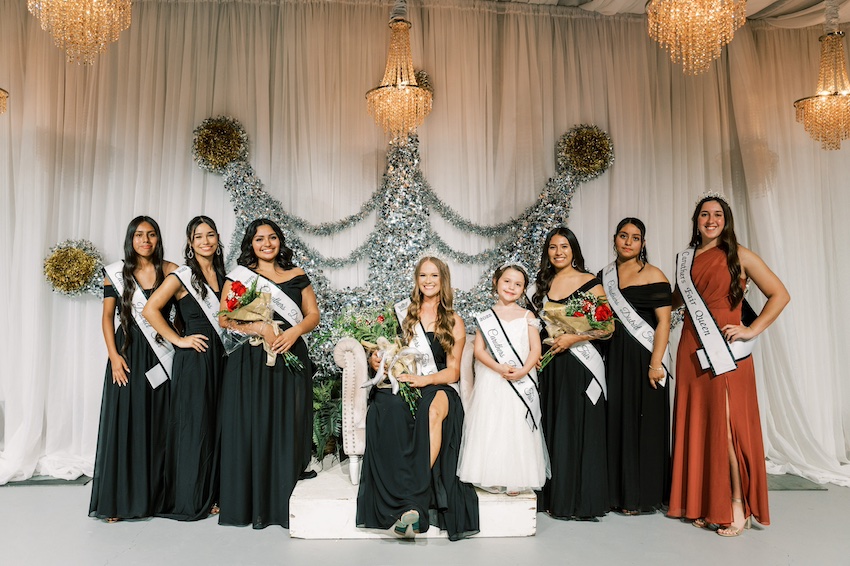
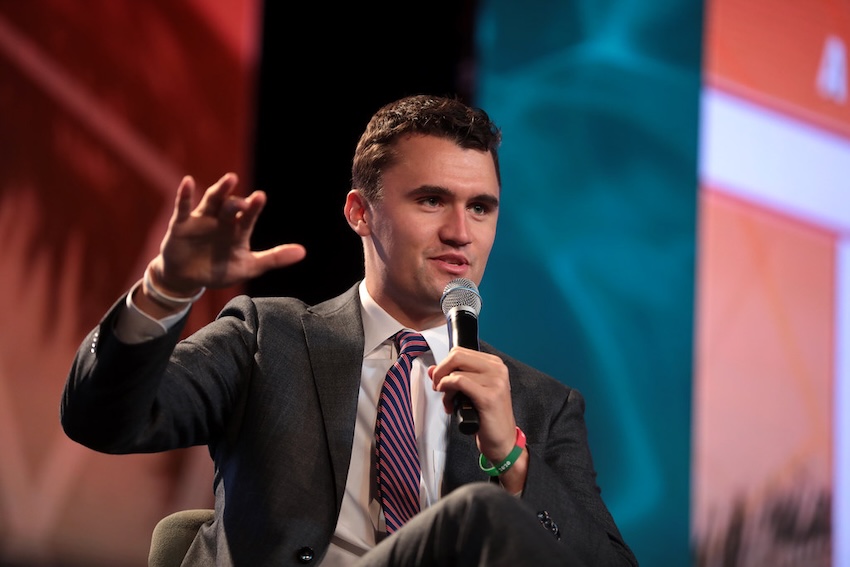
Susan D Ainley • Nov 13, 2019 at 5:49 pm
This is such a great way for FC to keep in touch with former students like Alex-thanks for sharing. One thing I must ask Alex- DID YOU PLAY YOUR BANJO?